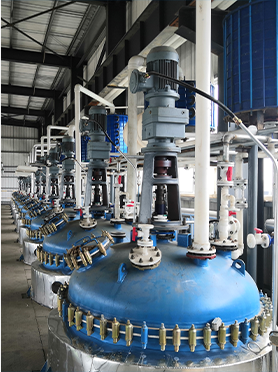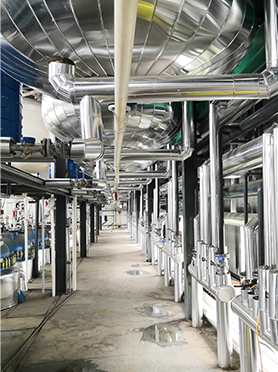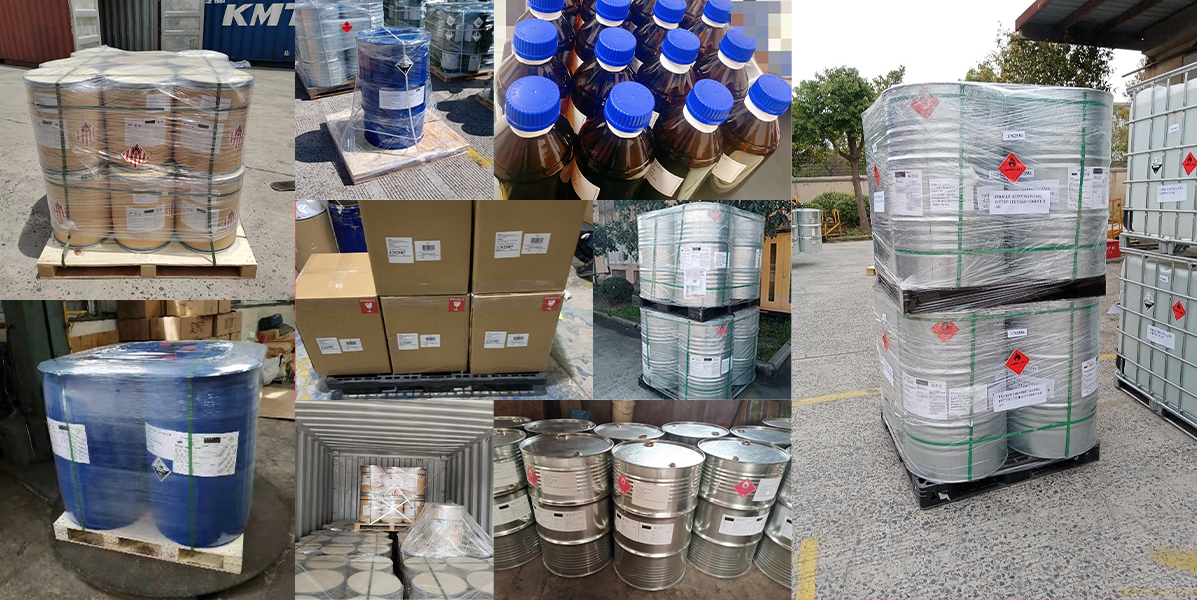The production of ABS resins, a cornerstone in engineering plastics due to their superior mechanical properties, relies heavily on efficient polybutadiene latex synthesis. Traditionally, methods like emulsion graft polymerization coupled with bulk styrene-acrylonitrile (SAN) blending dominate the industry. However, these processes face significant challenges, such as high operational costs and complex procedures for monomer removal and particle size adjustment. For instance, existing techniques often involve energy-intensive steam stripping or pump-based transfers, contributing to substantial capital expenditure and environmental burdens. Innovations addressing these inefficiencies have become critical for advancing sustainable and cost-effective ABS manufacturing globally. This backdrop sets the stage for a groundbreaking optimization.
A newly developed polybutadiene latex synthesis process revolutionizes the production chain for ABS resins. It strategically targets cost reduction and operational simplification by introducing a sequential method that leverages natural pressure gradients and vacuum technology. The core steps begin with synthesizing small-particle latex (80-120 nanometers) in a polymerisation reactor under controlled conditions, including temperatures of 65-85°C and pressures of 0.6-0.8 MPaG. Key to this phase is achieving a high 98% conversion rate for butadiene monomers. Subsequently, pressure differentials created by pre-vacuuming the degassing vessel enable seamless latex transfer, eliminating the need for pumps or nitrogen gas, which historically increased contamination risks and utility consumption. Once in the degasser, continuous vacuum stripping at 50-70 mmHg efficiently separates unreacted monomers, simplifying workflows and cutting energy use by obviating traditional steam systems.
The final stage involves agglomerating the refined small-particle latex into larger, optimal-sized particles (300-450 nanometers) in an agglomeration reactor. This step operates under ambient conditions, requiring only three hours with precise reagent additions to ensure consistent particle growth. Throughout the entire sequence, an automated reagent system—incorporating dedicated tanks, mass flow meters, and weight-based controllers—maintains additives within tight tolerances (±0.01% concentration and ±0.05 kg/batch precision). Enhanced by features like steam-jacketed thermal management and real-time monitoring, this system prevents deviations that could otherwise compromise product quality. Such innovations collectively streamline ABS resin fabrication, accelerating throughput while upholding stringent performance benchmarks.

Advantages of this optimized process are multifold. First, it drastically lowers capital expenses by replacing mechanical transfers with pressure differentials and consolidating degassing into a single vessel. Second, energy savings are significant, with vacuum stripping reducing steam dependency and avoiding unnecessary nitrogen consumption; this not only curtails emissions but also shields incineration systems from flammable gas interference. Third, the precision in reagent handling guarantees repeatability, minimizing waste and downtime. Field tests, as demonstrated in prototypes, consistently produce high-grade polybutadiene latex with robust conversion and particle uniformity—attributes vital for ABS resin's impact resistance and durability in applications ranging from automotive parts to consumer electronics.
Looking forward, this process represents a leap toward sustainable industrial chemistry. By marrying efficiency with environmental stewardship, it addresses rising demands for greener polymer production. Industry experts project that widespread adoption could yield cost reductions of up to 20% in ABS manufacturing, fostering innovation in downstream sectors. For instance, the agglomeration technique alone enhances material consistency, leading to superior ABS performance in high-stress environments. Future expansions may involve scaling to continuous flow systems, further amplifying output. Ultimately, this breakthrough underscores how advanced engineering can turn synthesis bottlenecks into opportunities for economic and ecological gain, positioning it as a benchmark for next-generation plastics manufacturing on a global scale.
Manufacturing Facilities






Professional Export Experience
to Global Customers

1. 20 years of R&D, manufacturing and sales experience, serving customers in 60 countries and regions around the world;
2. Own R&D laboratory, pilot platform and large-scale production workshop, which can meet the audit requirements of global customers;
3. We can satisfy customers' perfect transition from small scale lab requirements (gram level) to commercialization requirements (hundred tons level).
A: We don't have Minimum Order Quantity, exact quantity should be provided before quotation for us to calculate the exact cost.
A: We don't provide free samples due to lots of request and expensive international courier's cost, we can deduct the sample charge after commercial order placed.
A: Our payment terms: Small or sample order: T/T IN ADVANCE. Commercial order: First order should be by T/T IN ADVANCE or L/C at sight, and following orders T/T 30~90days is acceptable subject to approval of credit application.